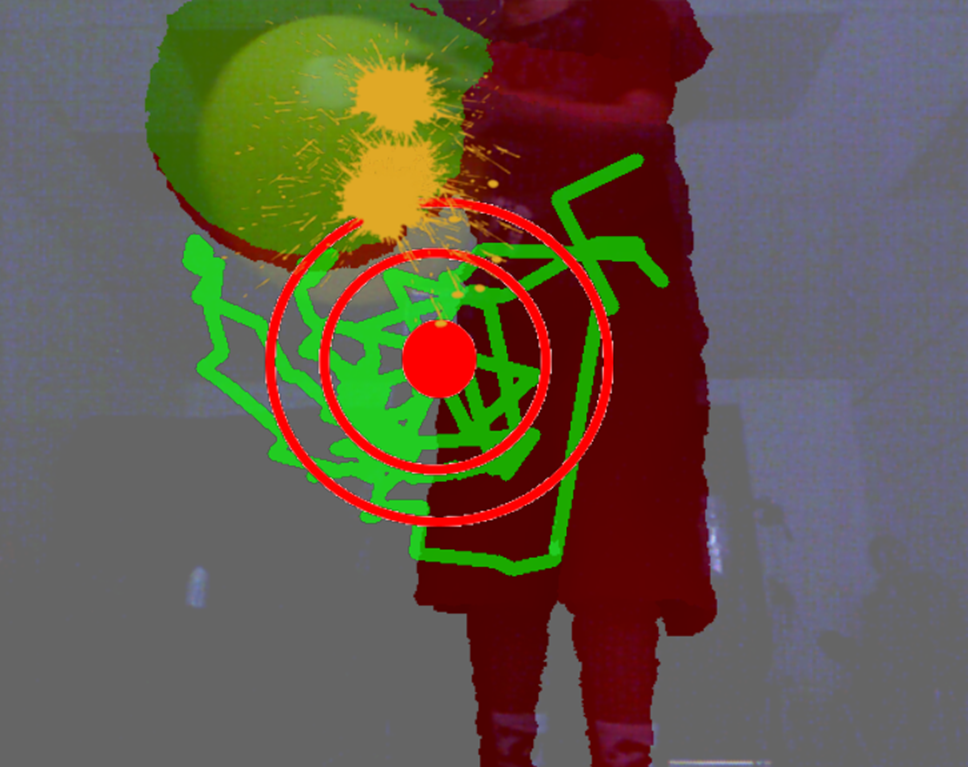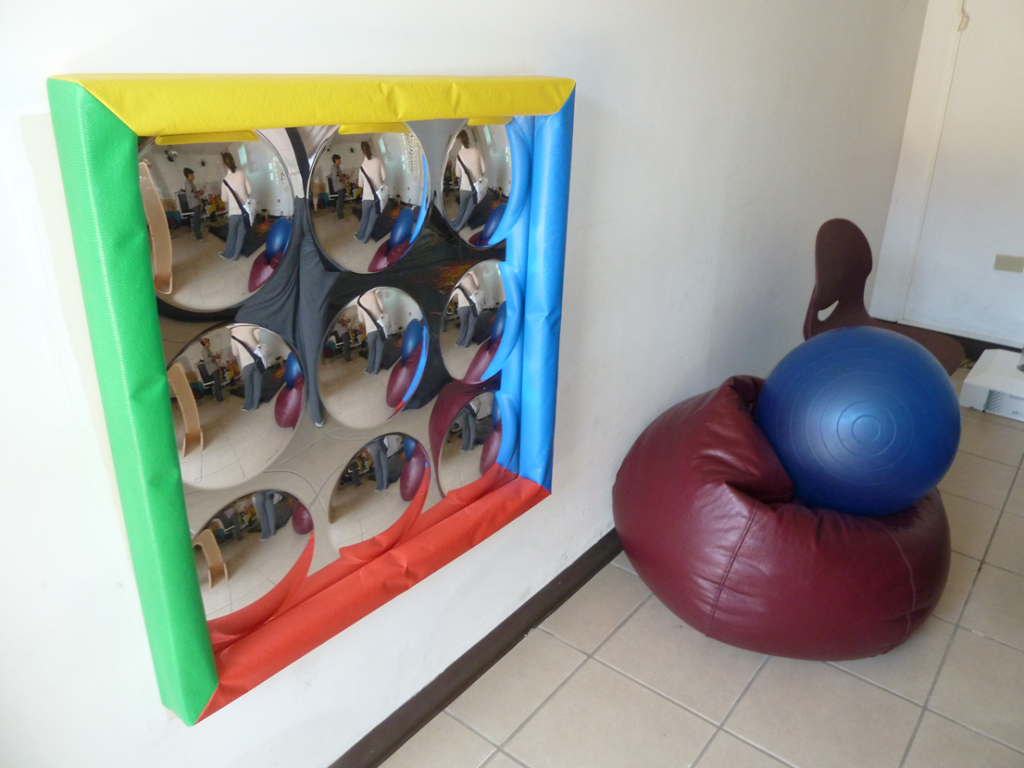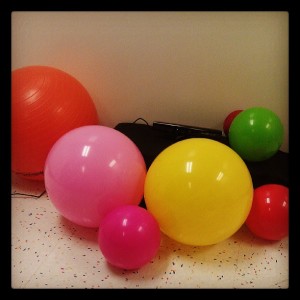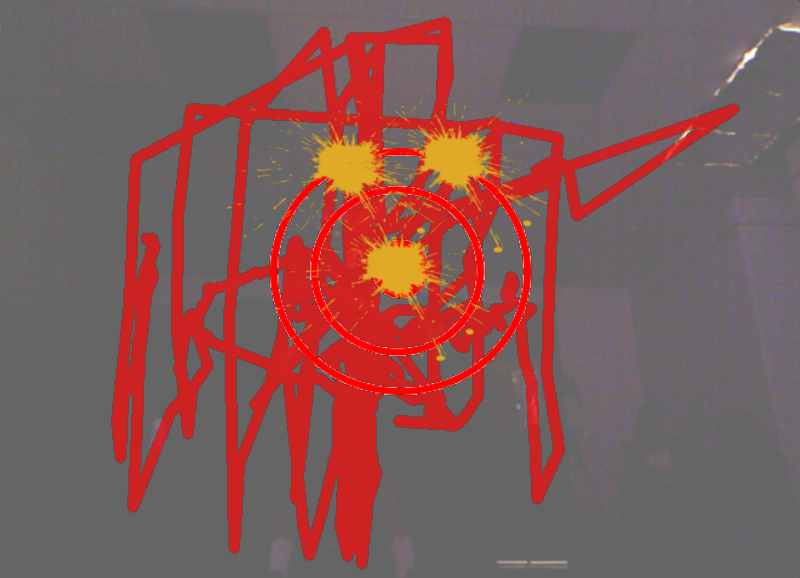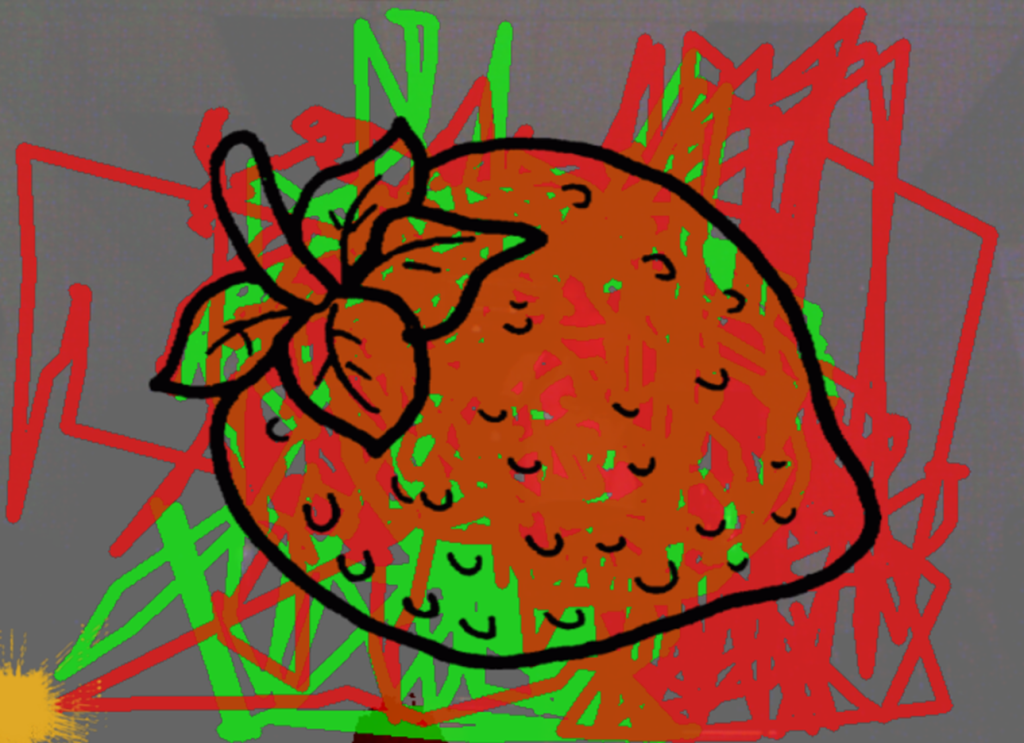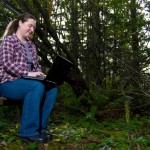As I slowly settle into the area, a lot of exciting things are happening with my summer project. The biggest excitement being I actually picked a research project. I’ll give you a hint: it’s something to do with this cool system called SensoryPaint. Now comes the fun/hard part where I actually have to get all the work done!
This last week I visited the Autism Center that is affiliated with our school. I heard a great lecture on another project called MOSOCO. I met some fantastic folks and I’m slowly but surely getting oriented with my landscape.
I also went to a housewarming party out in Long Beach. I hadn’t been there (at least as far as I can remember) and it was cool to see a different area for a bit. I’ve been pretty limited in my range of movement here in Irvine. I have been spending most of my time between my apartment and the campus and haven’t explored much beyond that. I am feeling like this is okay though, because there is lots of time in the future for more exploration. I will admit though, there is a yarn shop about 10 minutes’ drive from my place that I am very tempted to go check out.
Now I will discuss my Week 3 takeaway message: Grad school is a very socially intensive environment. If you are anything like me and are used to just chilling in front of your computer getting your work done, minding your own business, then grad school is going to be a shock. Don’t get me wrong, I have always been a little social with friends and outings. But I am not used to be “on” all the time. It’s very exhausting. Everyone you meet is potentially an important future resource or contact. As a brand new student, you feel the overwhelming need to impress everyone or at least try not to fall flat on your face where possible. So, on top of trying to figure out projects, apply to fellowships, learn a whole new town, there is the stress of being a happy, easy going personality.
Don’t get me wrong, I’m actually enjoying the entire process. I actually don’t mind this kind of stress too much and I’m loving all my lab mates- they are awesome, helpful people (we even all go to the gym together). I feel really lucky in a lot of ways. But I do have to remember to allow myself downtime and “off” days where I can relax.
I just mention all this because I was not warned. I think that if I had someone giving me advice and information about grad school, I would have liked to know about this. It wouldn’t have deterred me, but I possibly could have been a little more prepared.
This coming week is going to be hard. I am planning out my summer project, working on the IRB form (more on that later), presenting my project to the group, and also planning a proposal for NSF GRFP for Competitive Edge. Even if I’m feeling slightly overwhelmed, I’m actually in a really happy place. I’m doing what I want to be doing and, more than anything else, I am feeling fortunate to be here.
 I am happy to announce that our paper, “SensoryPaint: A Multimodal Sensory Intervention for Children with Neurodevelopmental Disorders” has received Best Paper Nomination at Ubicomp 2014. Many thanks to my awesome co-authors as well as others who helped with editing and other feedback. I presented this paper Sept 17, 2014.
I am happy to announce that our paper, “SensoryPaint: A Multimodal Sensory Intervention for Children with Neurodevelopmental Disorders” has received Best Paper Nomination at Ubicomp 2014. Many thanks to my awesome co-authors as well as others who helped with editing and other feedback. I presented this paper Sept 17, 2014.